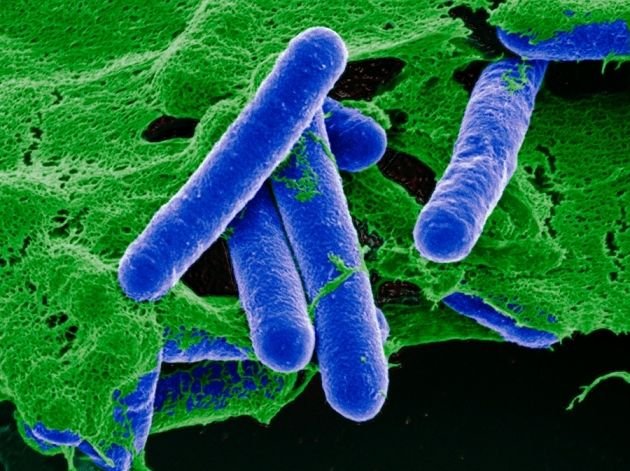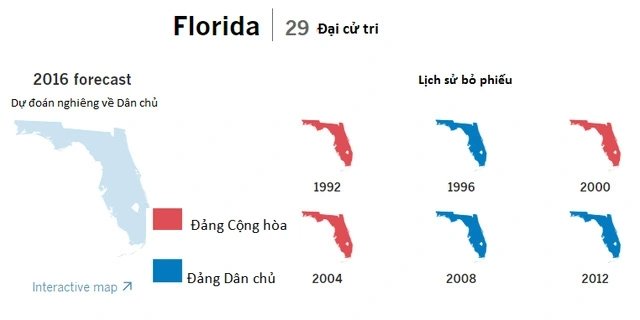
From July 13 to August 18, at least 9 patients with botulinum poisoning had to be hospitalized for treatment, of which 7 had to be on ventilators.
Doctor Tran Van Phuc, Saint Paul General Hospital, said that Clostridium bacteria is a type of rod-shaped bacillus that exists widely in nature, can be found in soil and feces, pond water, and river and lake water.
Botulinum is a powerful neurotoxin.
Dr. Khuat Quang Son, lecturer at the University of Fire Prevention and Control, expert in research on toxins, said there are 8 types of botulinum, of which type A and B poisoning are the most common.
Explaining the danger of this toxin, experts compare it to other substances such as arsenic, which can kill people in large numbers, or potassium cyanide, which kills in small amounts, `but is still 10,000 times inferior to botulinum.`
According to Dr. Phuc, botulinum is `the king of all poisons`.
However, botulinum cannot tolerate heat.
The world has so far recorded more than 2,900 cases of botulinum poisoning, of which types A and B account for 98.7%.
The rod-shaped bacteria that produce botulinum is a highly toxic toxin that can cause death in just small amounts.
Symptoms of botiulinum poisoning appear 12 to 36 hours after eating, and can last up to several days, even 4 days.
Initial symptoms include fatigue, dizziness, loss of appetite, diarrhea, abdominal pain, vomiting, and inflammation of the stomach and intestines.
When the toxin penetrates the peripheral cranial nerves, the patient experiences vision loss such as blurred vision, double vision, drooping eyelids, dilated pupils, no light reflex or facial paralysis.
Poisoned children will be constipated for about two to three days or lazy to eat, then have difficulty swallowing, muscle weakness and lack of exercise, causing difficulty breathing.
To prevent botulinum poisoning, everyone should maintain food hygiene and safety, from farming to processing, transportation and use.






